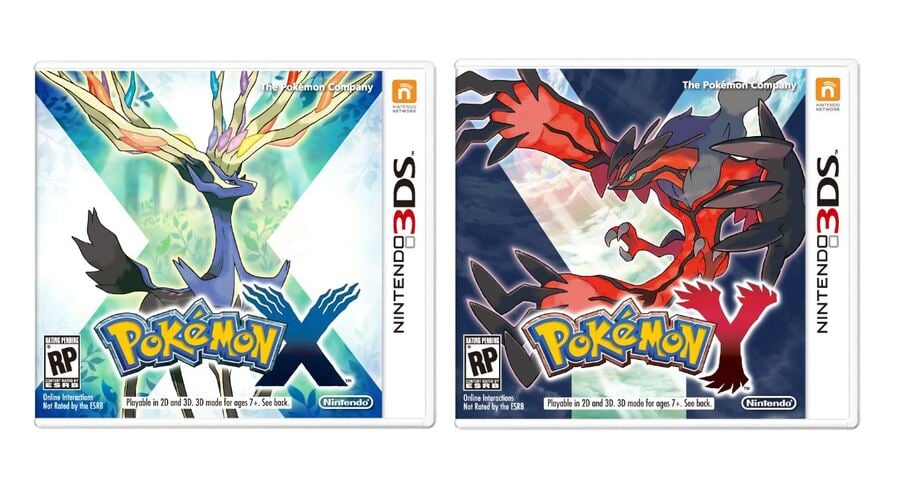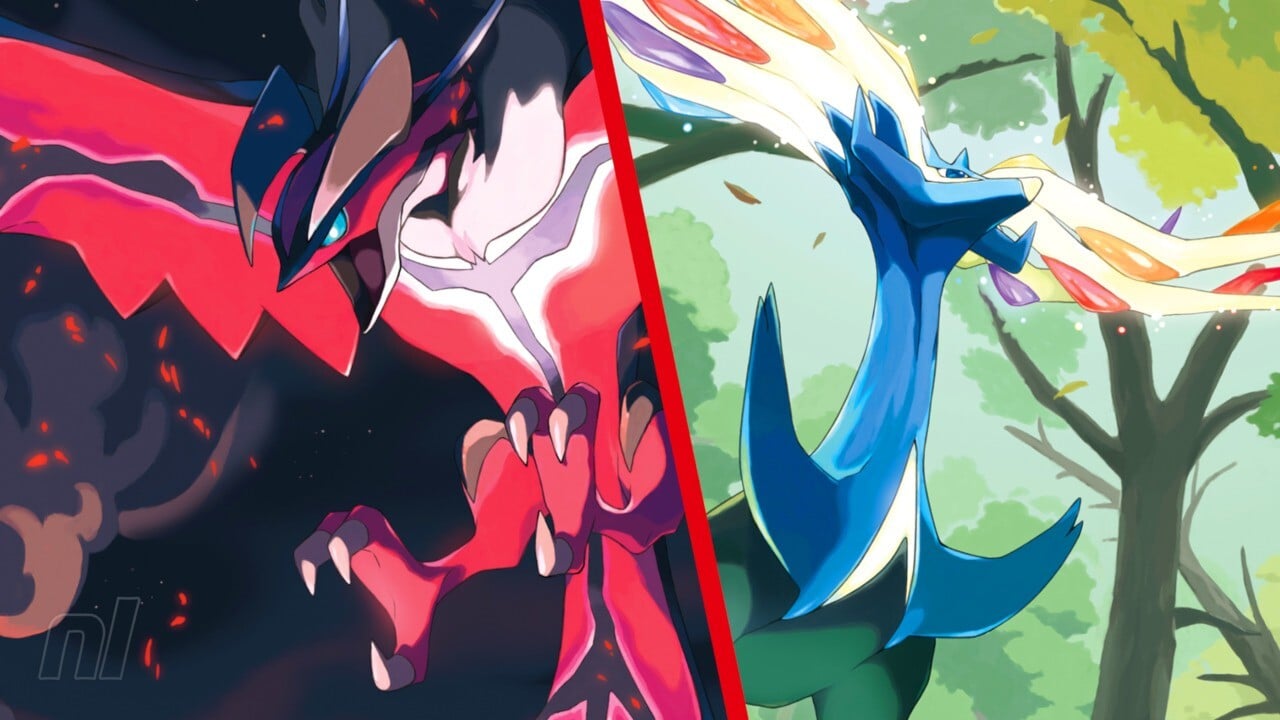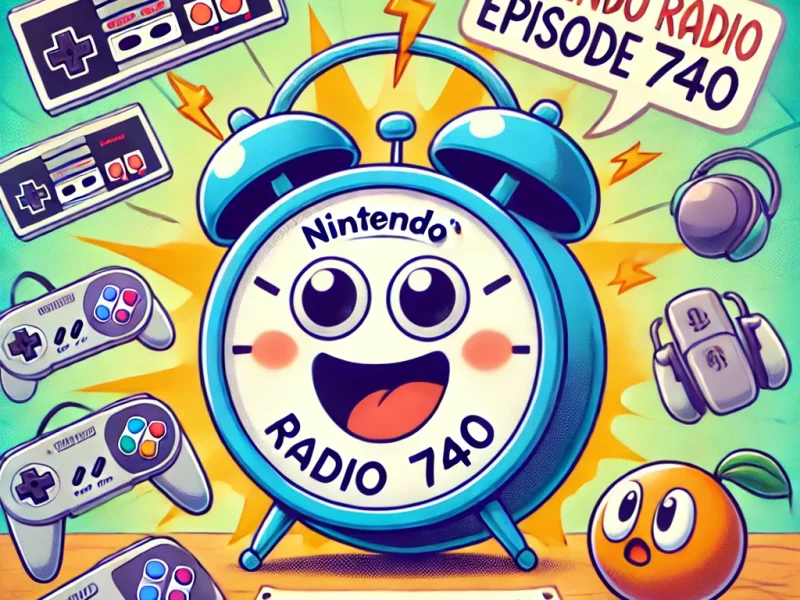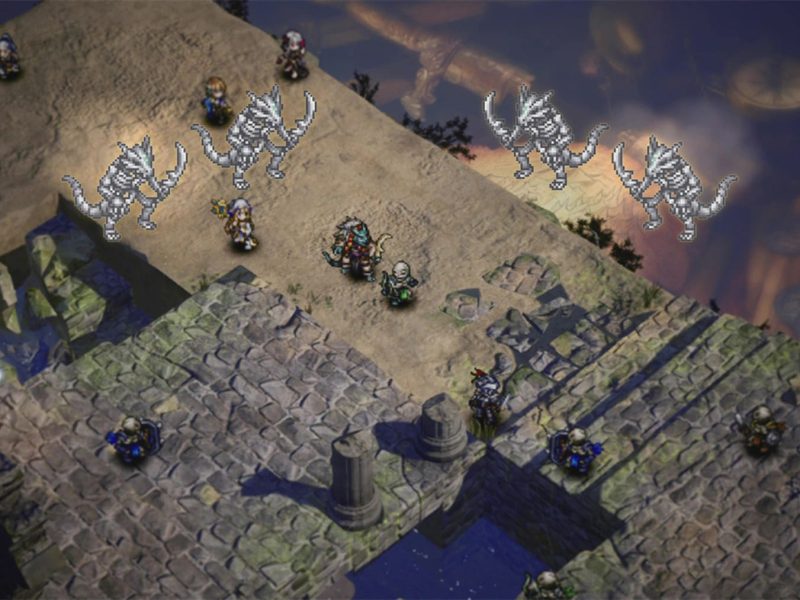Soapbox features enable our individual writers and contributors to voice their opinions on hot topics and random stuff they’ve been chewing over. Today, Andy looks back at a pivotal juncture in the Pocket Monster series which hinted at the path it would take over the following decade…
Like its eponymous creatures, the Pokémon series has undergone many changes throughout its evolution. A major one graced our 3DS screens 10 years ago today with the global release of Pokémon X & Y.
The first main entries to use 3D models, with battles presented in stereoscopy, when Pokéfans took our first steps into the France-inspired region of Kalos, we let out a collective sacré bleu. From its charming medieval villages and dizzying cities to its verdant, autumnal paths, ethereal caves, frostbitten mountains, and fairy-tale forests, X and Y popped with visual splendour. Movement was 8-directional and the camera fixed but it would now zoom, pan, and swing to give this world a sense of scope and sparkle to which its predecessors could only have aspired.
It wasn’t just a graphical overhaul though; there were mechanical improvements at play, too. The first Generation VI games saw the unveiling of the Fairy type. This was the first new type in 14 years, introducing enchanting new nymphs as well as granting old favourites this elemental property to more easily dispatch dragons. Togepi would now brush off a Draco Meteor to the face while Eevee could become the graceful, ribbon-strewn Sylveon.
There might only have been 72 monsters added to the roster but they made up for this with the gimmick of Mega Evolution. This allowed you to temporarily bestow new forms, buffed stats, and often modified typings and abilities to certain critters. It addressed the issue of power creep, letting long-forgotten ‘mons have their moment in the spotlight while imbuing fights with a flair that matched the region’s theme of aesthetical grandiosity. Its essence lives on in Dynamax and Terastallization but these pale in comparison to how beloved and much-missed Mega Evolution remains today.
However, for as much as there is to celebrate about these titles — and the personal fondness I have for them — I can’t help but see them as something of a paradox: the last ‘good’ Pokémon games and the first ‘bad’ Pokémon games.
You can’t be groundbreaking without leaving a few cracks and Gen VI is where the series started to feel rushed, unfinished, or generally lacking from a technical standpoint — all things that are particularly noticeable in the most recent generation, Scarlet and Violet. This is widely thought to be due to the modest Game Freak team having to develop for more advanced hardware while beholden to a rigid (some would say oppressive) release cycle. Many were rightly disappointed that these flagship 3DS titles didn’t support the console’s namesake feature in the overworld.
Whatever the case, Kalos arguably lived up to its name — taken from the Greek for “beauty” — and prioritised style over substance. This was evident in aspects such as corridor-like routes, unchallenging battles (the last Gym Leader only uses three Pokémon, one of which only knows three attacks), and half-baked characters. There’s an attempt at a Stand By Me-style tale of five kids going on an adventure and the notion of a romantic subplot but they’re sadly a forgettable bunch.
Nowhere is this feeling of being unfinished more apparent than in Zygarde, a legendary leviathan that formed a pseudo-trio along with box mascots Xerneas and Yveltal. While the other two play integral parts, Zygarde was stuffed away in an optional cave, its Pokédex entry suggesting that it would show a secret power when the ecosystem fell into disarray. Rayquaza, Giratina, and Kyurem had been stuck in similar positions in the past but had later come back in starring roles in their generations’ third instalments. This tradition, coupled with a reveal of Zygarde’s different forms in Japan’s CoroCoro magazine in late 2015, tacitly made a promise of a ‘Pokémon Z’.
This promise was soon broken. The start of 2016 brought the announcement of Sun and Moon, dispelling all hope of Z and breaking an 18-year pattern. The Nintendo ‘gigaleak’ would later reveal that two subsequent Kalos journeys had been planned, making it doubly frustrating that they never saw the light of day, possibly due to the developers’ attention being spread too thinly across other projects. Zygarde did ultimately find itself shoehorned into these 20th-anniversary titles, awkwardly retconned into a Hawaiian sojourn where it served no purpose other than being a collectible.
Aside from the swindled serpent, there are a number of other curios present in X and Y that are more ambiguous in terms of whether they’re unused ideas or puzzling Easter eggs. An infamous one is the ominous ghost girl, who’d appear on an ostensibly normal office floor in Lumiose City and declare that the protagonist was “not the one” before floating away and disappearing forever. She even gets a page on the Japanese Pokémon website’s section that details spooky in-game events but whether she’s a terrorful tease or another victim of Z version syndrome is still unknown.

There are also areas that hint at a wider world that players never got to experience. One is the Power Plant with its multiple entrances that make a point of telling you that you can’t access them. Then there’s Couriway Town with its railway that can’t so much as get you back to the central Lumiose terminus. A persistent wish of the fanbase is to be able to revisit past regions and we thought this redundant station might eventually have been our ticket to ride, but any light at the end of the tunnel turned out to be an approaching train of disappointment.
That’s not to mention the troubling message about “going for help” scrawled on the back of a sign in Lumiose Station or Eternal Flower Floette, which featured prominently in the story and was programmed in as a trainable team member but was never made legitimately obtainable. In fairness, some of the games’ myths have long since been busted: of course Heatran was never meant to appear in Jaune Plaza; the Strange Souvenir was from Alola; and you can’t tip your way into encountering a shiny Pokémon.
And so, a decade on, Kalos continues to hold the title of Most Enigmatic Region, possessing an atmosphere of, at best, mystery and, at worst, incompletion. Equal parts commendable and lamentable, Gen VI’s contribution to competitive mechanics and enhanced graphics can’t be denied but, ironically, for games that modernised Pokémon and brought it into 3D, X and Y were missing a dimension.



